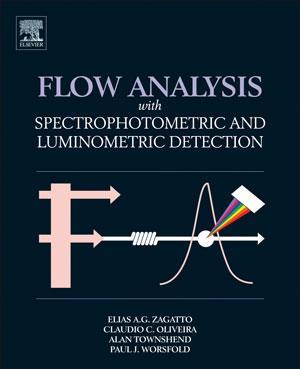Elias Zagatto et al
Elsevier
2012 | 471pp | £155 (HB)
ISBN 9780123859242

Flow analysis forms an important tool for many industrial and academic chemists. While its nomenclature may sound simple, there are many nuances and techniques addressed in more detail by Flow analysis with spectrophotometric and luminometric detection that many practical chemists will find invaluable.
The authors commence with a historical view of the subject, which should not be overlooked as many of these methods continue to be used in almost identical form today. Practical techniques, limitations and methods are introduced with useful diagrams and explanations of limitations. Indeed, one particular success of this book is the clarity and simplicity of the diagrams.
Zagatto and co-authors introduce each chapter with an uplifting quote and complete them with a seemingly comprehensive list of references to aid the reader’s further exploration. This book provides a succinct handbook-style reference text with plenty of practical solutions to the problems of mixing, turbulence and sensitivity.
I particularly liked the tables of applications comprising chapter eight, each with a source reference, although the book could have perhaps gone into more detail about the industrial and research applications of such techniques. I expect to refer to this book often when encountering a flow analysis problem or to look for a suitable method. However, the Future trends section could perhaps benefit from the addition of some more exciting examples of emerging flow analysis use, such as environmental sample monitoring or forensics.
Overall, this is a very useful practical reference text, which will be relatively timeless in its applicability to continuous flow research.
Purchase this book from Amazon.co.uk.












No comments yet